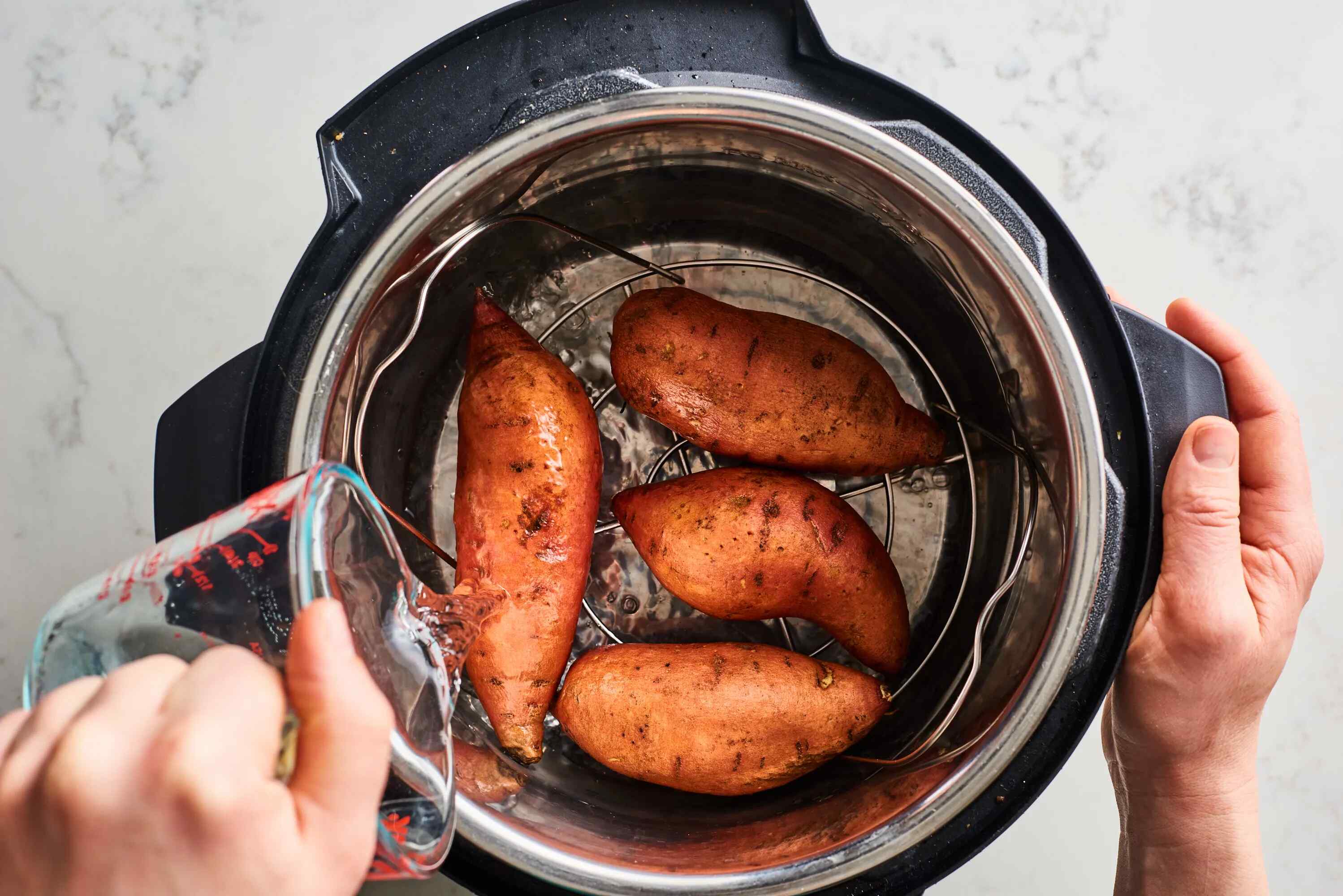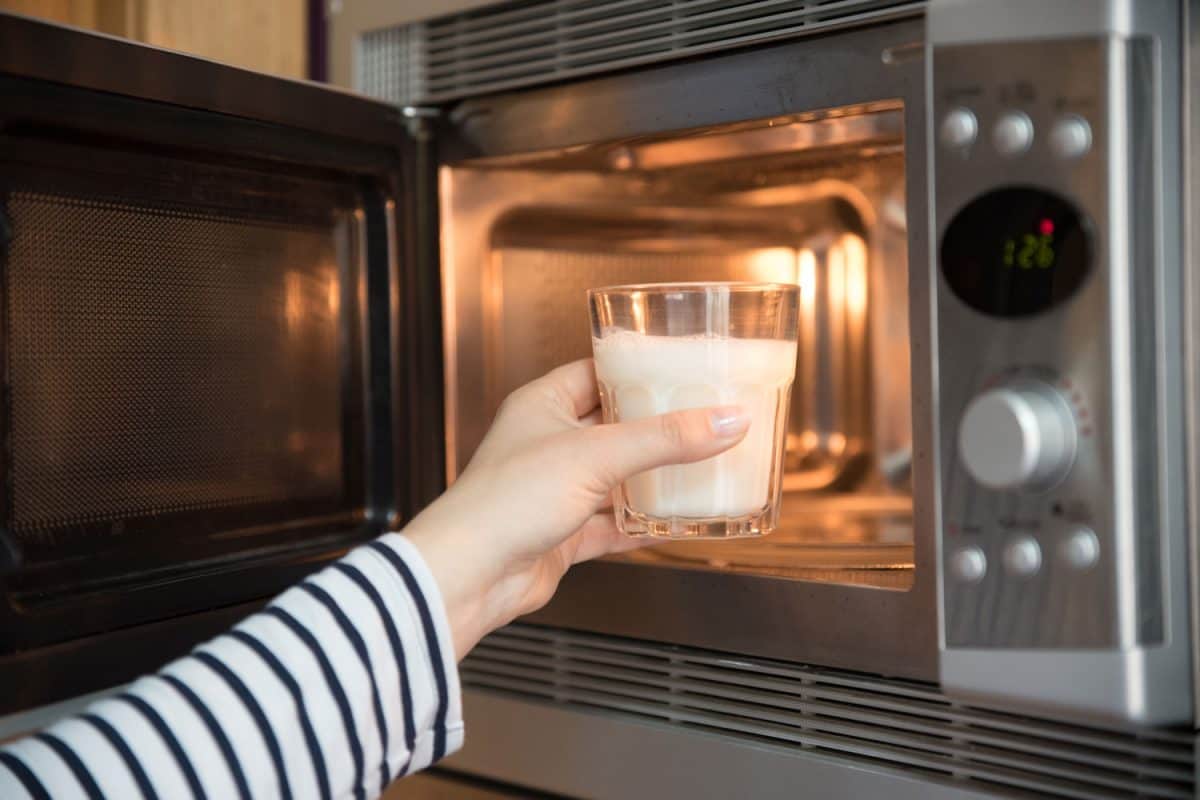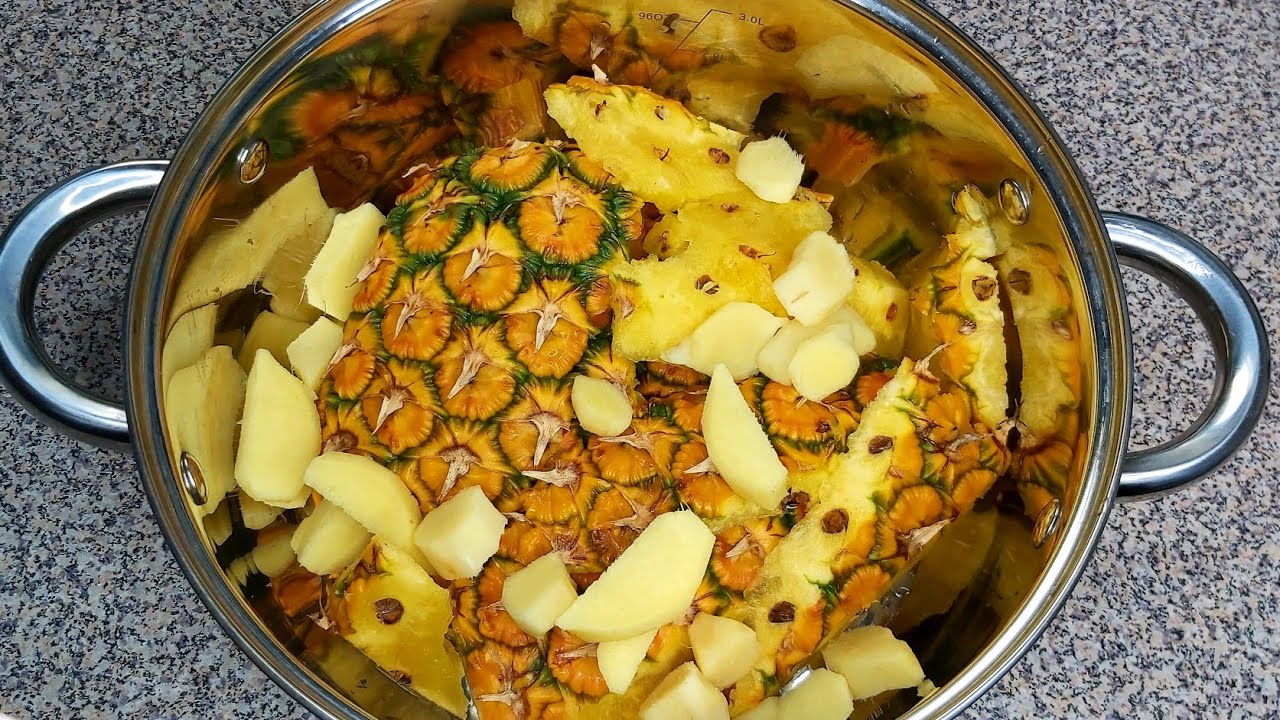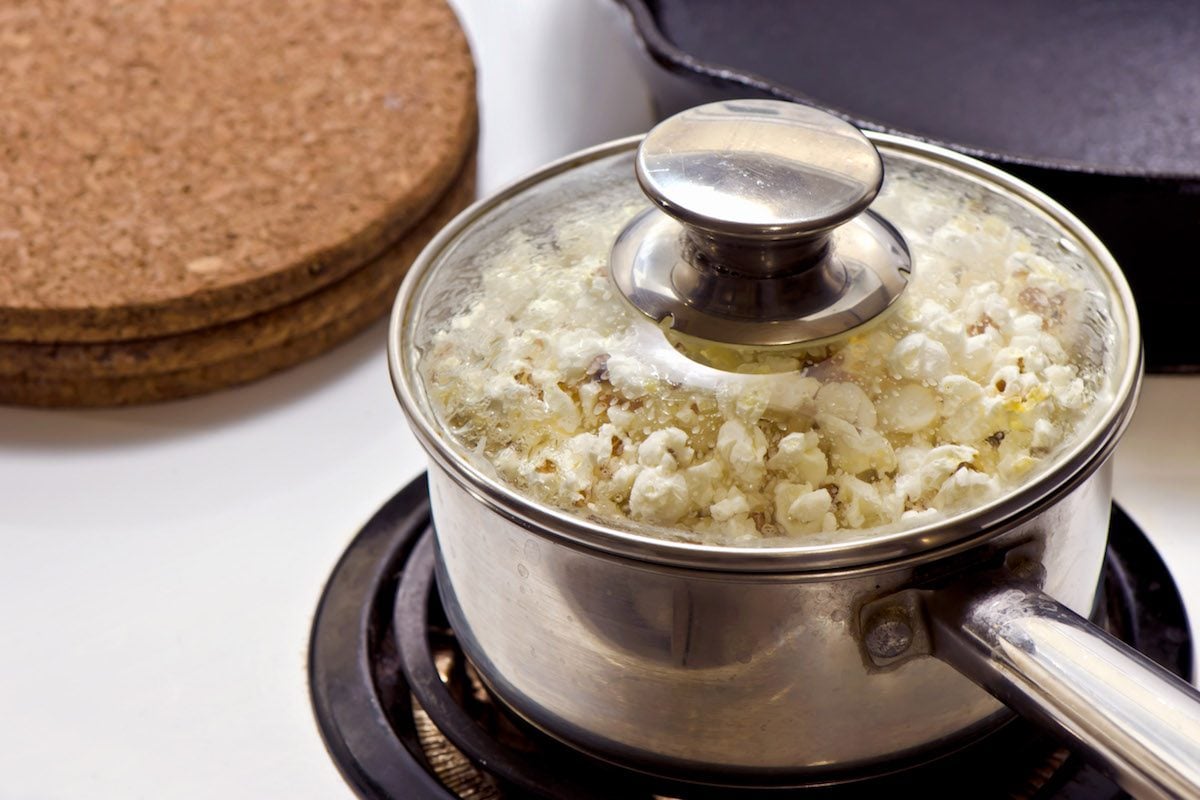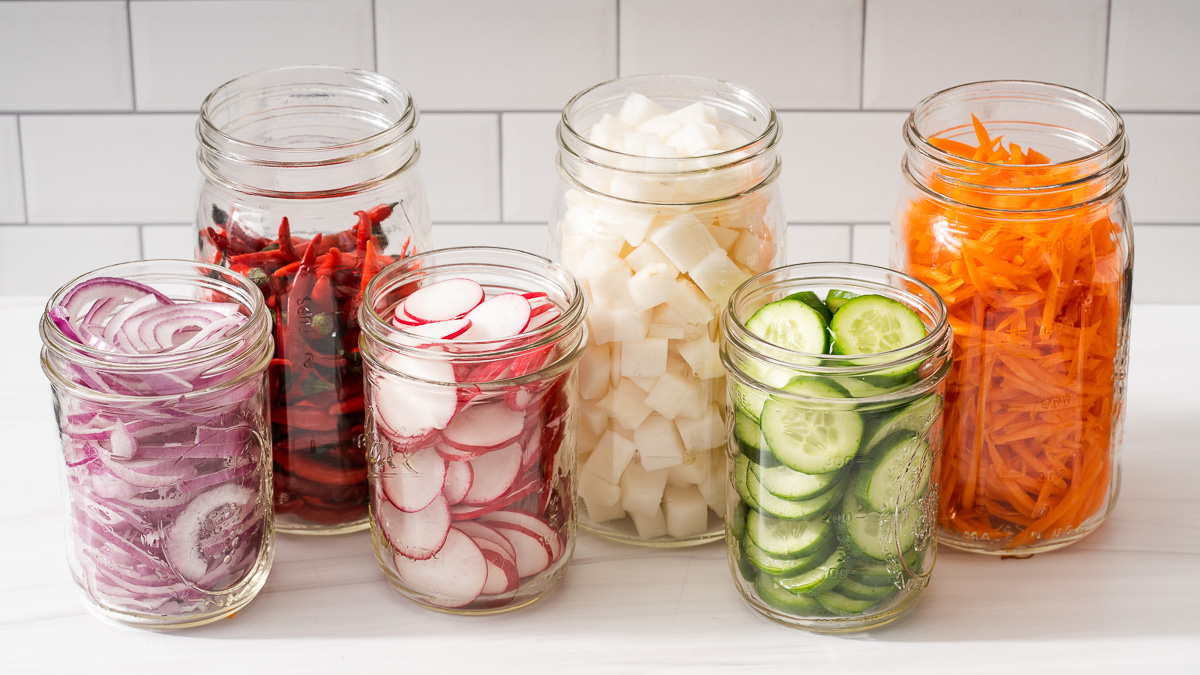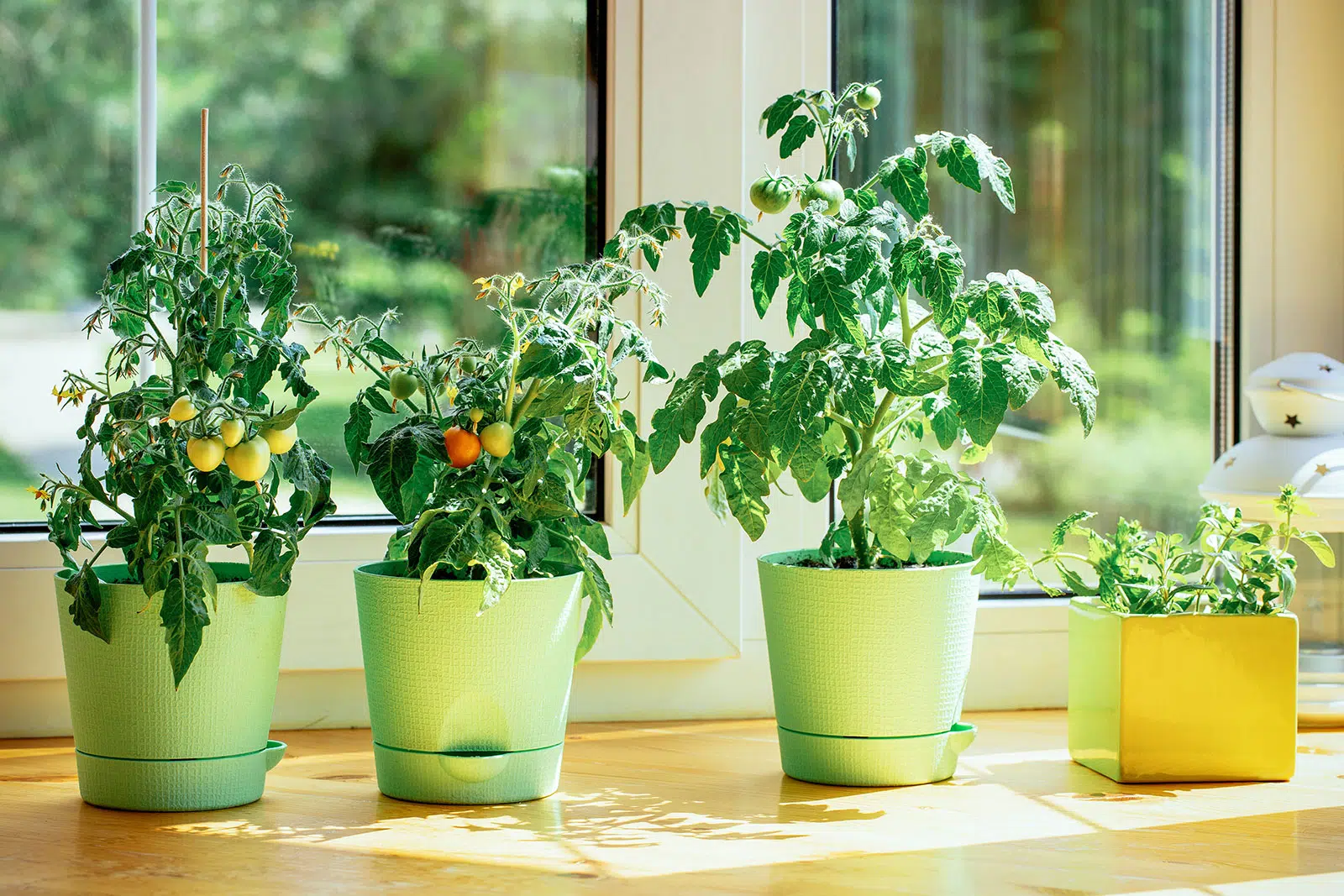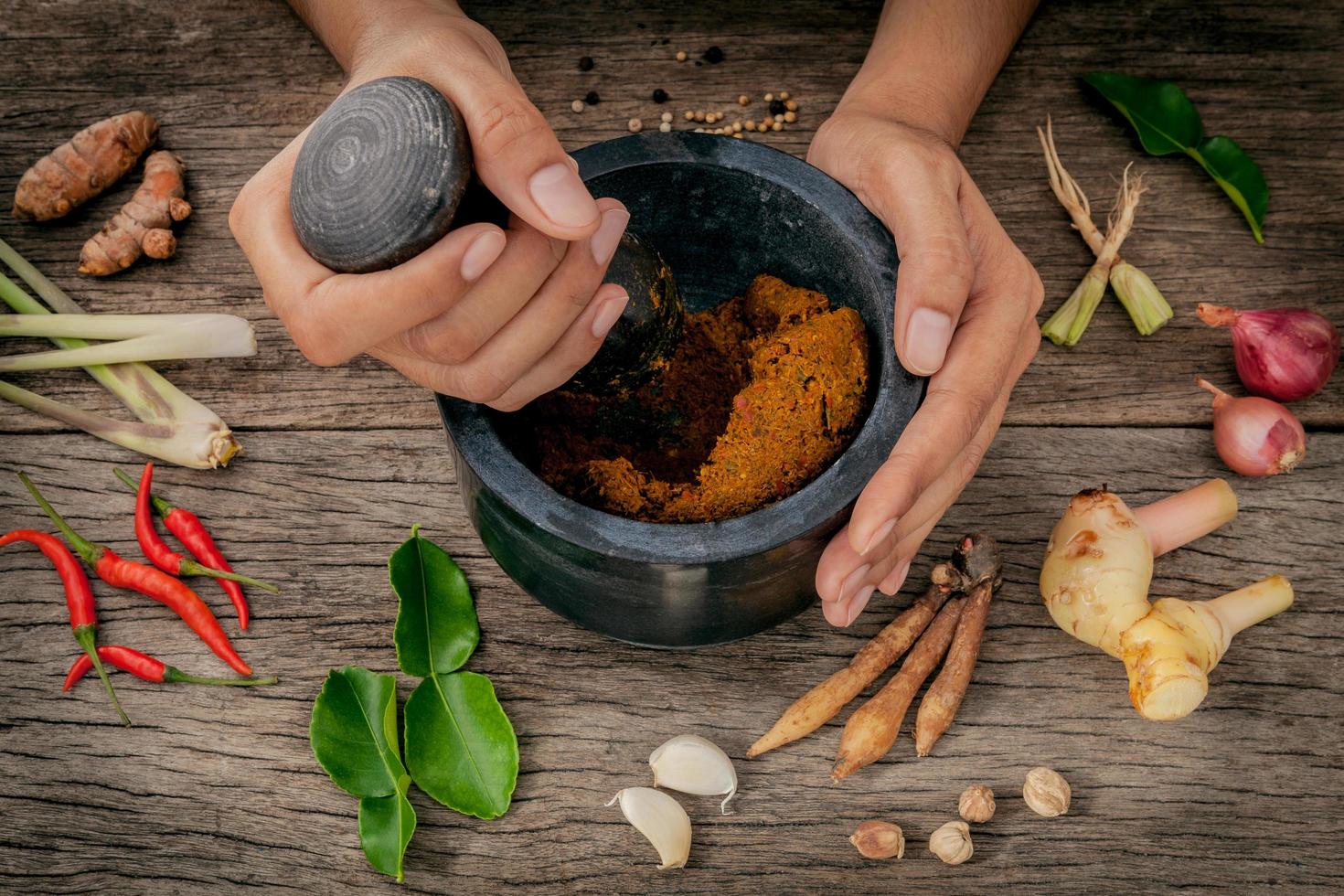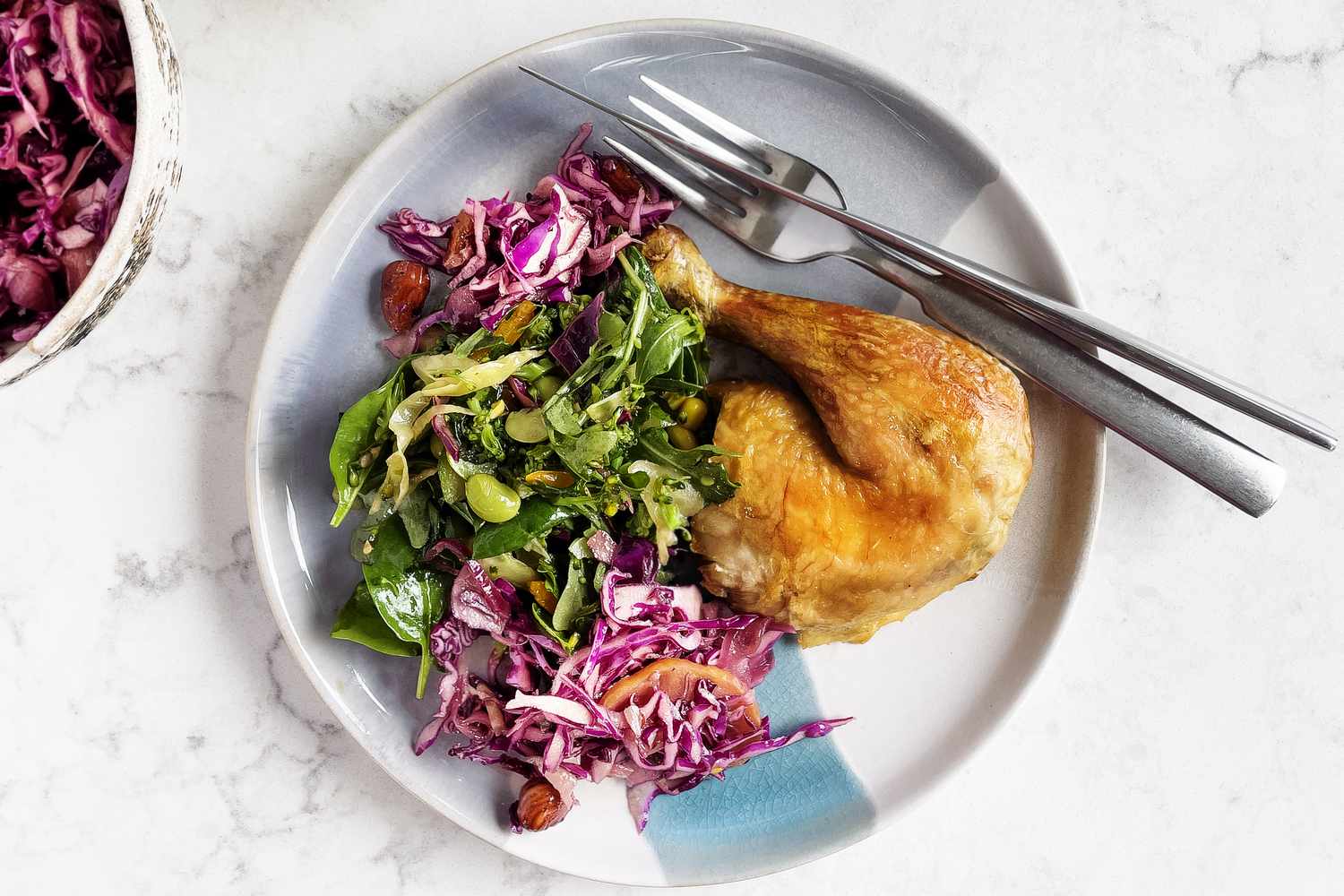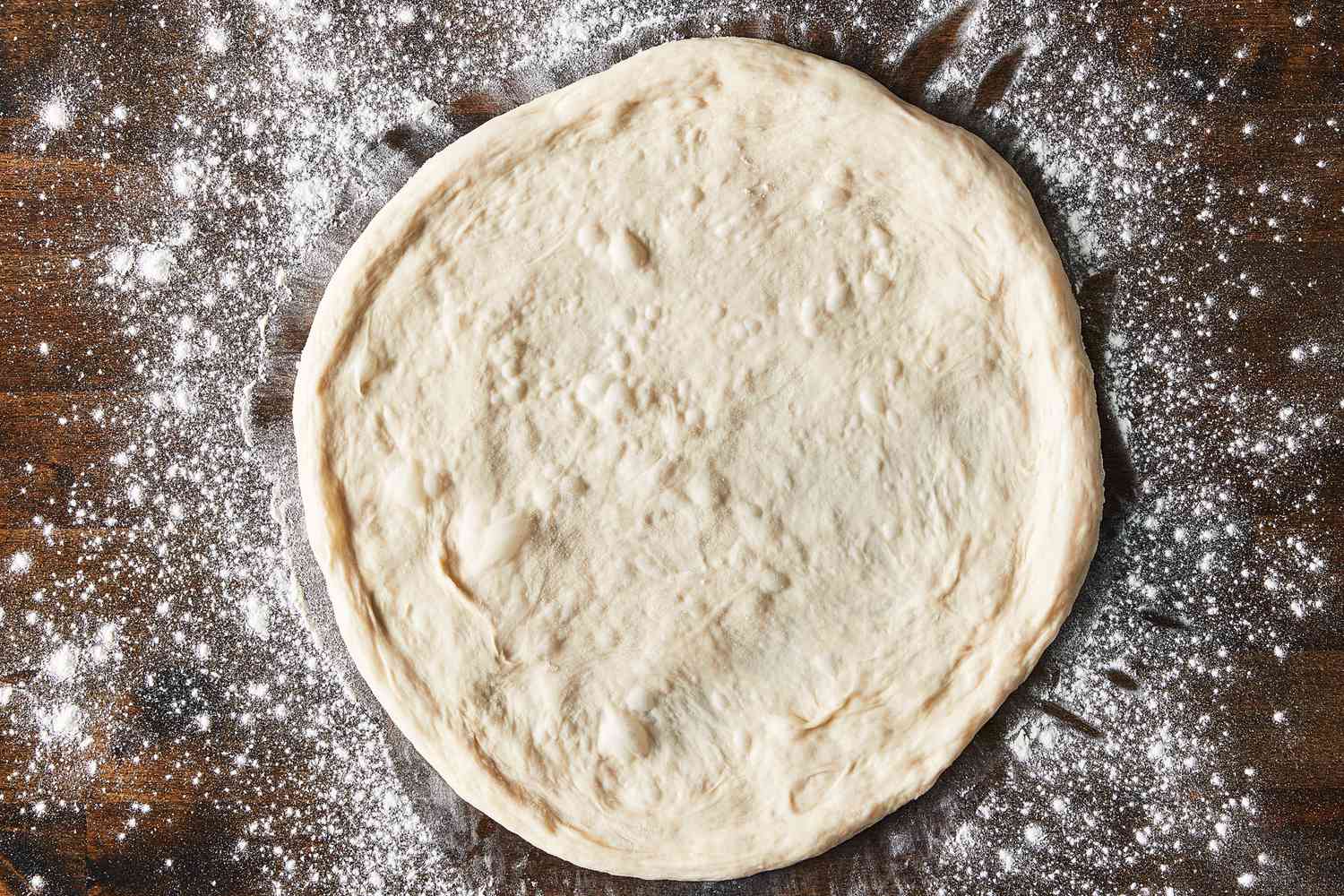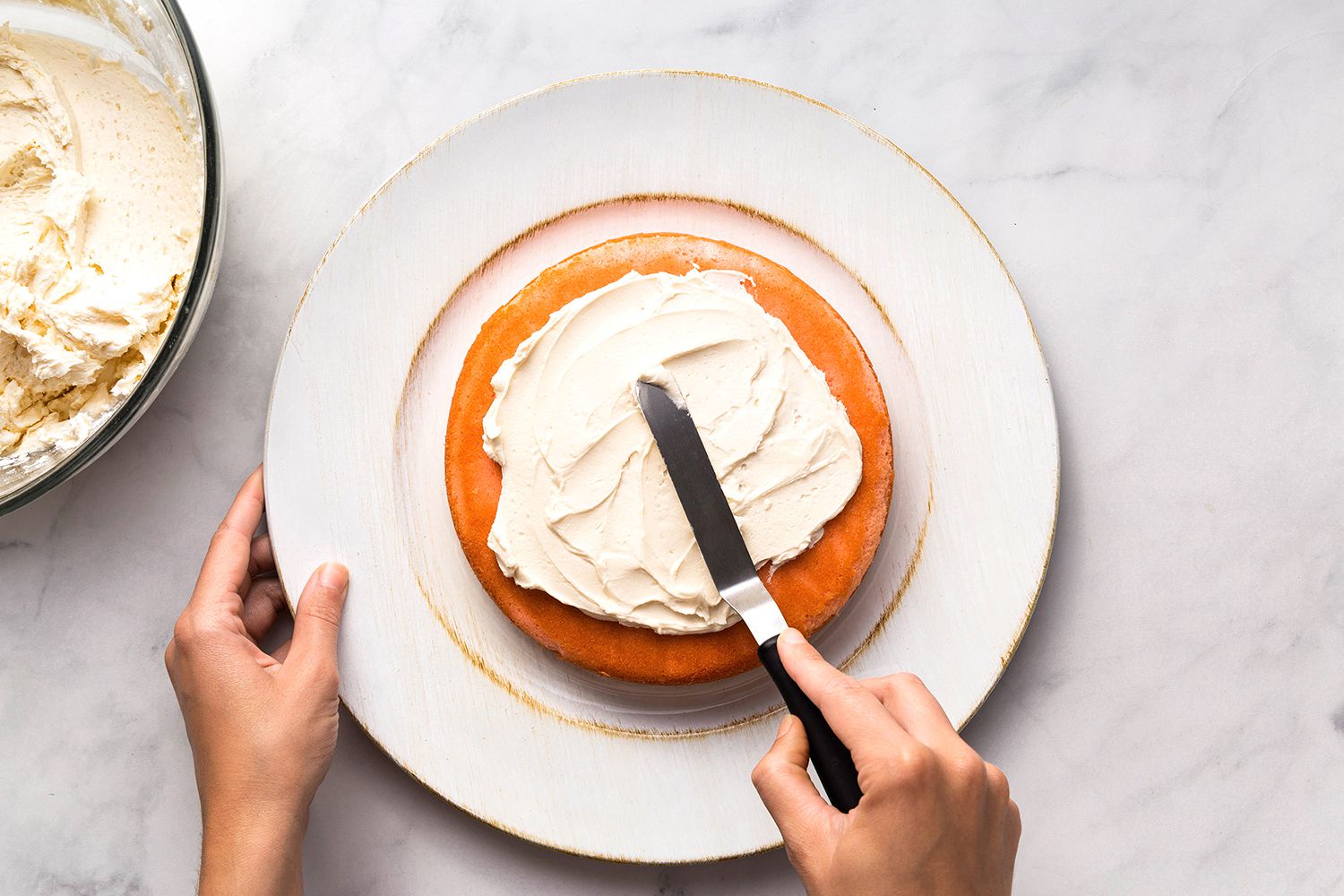How to Scald Milk
Scalding milk is a common technique used in various recipes to enhance the flavor and texture of dishes. Whether you’re making homemade yogurt, custards, or even hot chocolate, knowing how to scald milk properly is essential. In this guide, we will walk you through the step-by-step process of scalding milk to perfection.
Why Scald Milk?
Before we dive into the steps, let’s understand why scalding milk is necessary in certain recipes. Scalding milk serves two main purposes:
- Food Safety: Scalding milk helps eliminate any harmful bacteria that might be present, ensuring the safety of your dishes.
- Flavor and Texture: Scalding milk brings out its natural sweetness, enhances the creaminess, and helps ingredients blend more smoothly.
The Step-by-Step Process
Now that you know the benefits, let’s get into the process of scalding milk:
- Choose the Right Pot: Start by selecting a heavy-bottomed saucepan or a stainless steel pot to evenly distribute heat.
- Measure the Milk: Depending on your recipe, measure the required amount of milk.
- Heat Over Low Heat: Place the pot on the stovetop over low heat. This prevents the milk from scorching or sticking to the bottom of the pan.
- Stir Occasionally: Occasionally stir the milk with a spatula or whisk while heating. This ensures even heat distribution.
- Look for Steam: Keep a close eye on the milk as it warms up. Once you start noticing small bubbles and wisps of steam rising from the surface, it indicates the milk is about to scald.
- Remove from Heat: Before the milk comes to a boil, remove the pot from the heat source. You want the milk to be hot but not boiling.
Additional Tips
Here are a few additional tips to make your scalded milk process even more successful:
- Use a Thermometer: If you want to be precise, you can use a kitchen thermometer to check the temperature of the milk. Scalding typically occurs between 150°F (65°C) and 180°F (82°C).
- Avoid Boiling: Make sure not to let the milk come to a full boil, as this can lead to a burnt or curdled taste.
- Be Patient: Scalding milk requires patience, as it can take some time. Rushing the process may result in uneven heating or improper scalding.
Conclusion
Now that you have mastered the art of scalding milk, you can confidently use this technique in a wide range of recipes. The process not only ensures food safety but also enhances the flavor and texture of your favorite dishes. So go ahead, try it out, and let us know how it elevates your culinary creations!
Scalding milk is a fundamental technique that can elevate a variety of recipes. For those looking to master this skill, starting with Classic Vanilla Custard is a great way to appreciate the creamy texture that scalded milk provides. Another excellent choice is Fluffy Pancakes, where scalded milk helps achieve a light and airy batter. If you're in the mood for a comforting drink, Rich Hot Chocolate benefits greatly from the depth of flavor that scalded milk brings. Buttermilk Biscuits are another delightful option, as scalding the milk can help create a tender crumb. Finally, Eggnog French Toast is a must-try, as the scalded milk enhances the custardy richness of this breakfast favorite. Each of these recipes showcases the unique benefits of scalded milk, making them perfect for anyone eager to improve their culinary skills.
Was this page helpful?
Read Next: Low Country Boil
